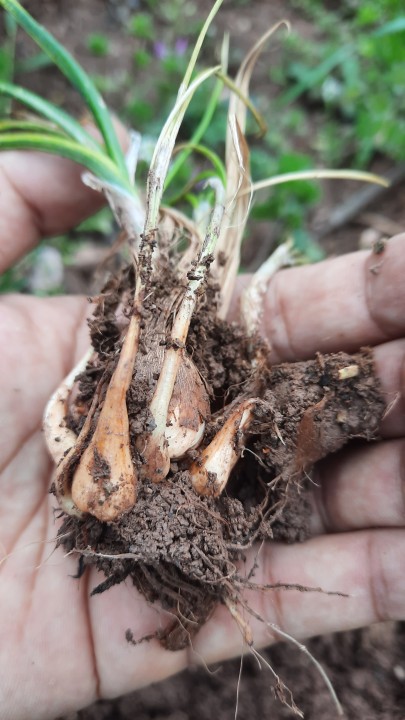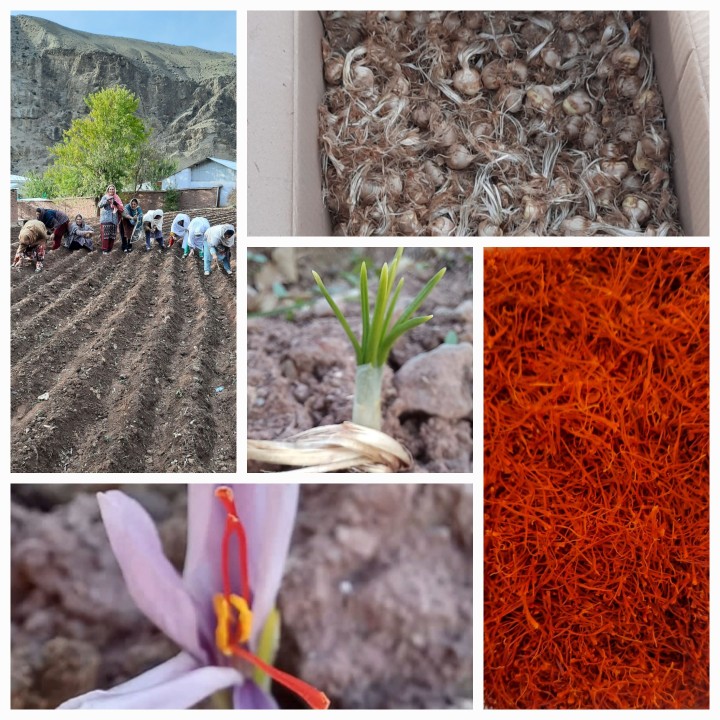As we move towards sustainable agriculture practices, it becomes essential to explore new and innovative crops that can be grown in different regions. The recent success in planting and harvesting saffron bulbs in the mountain region is a significant milestone in introducing specialty agriculture to these areas. The results have been impressive, with the bulbs sprouting and blooming within six weeks and multiplying by a factor of four to eight, proving the fertility of the soil and the potential for profitable agriculture.
The introduction of saffron cultivation in mountainous areas is a great opportunity for farmers to diversify their crops and increase their income. Saffron is a high-value crop, and its demand is increasing globally. The ability to cultivate it in previously unusable terrain is a game-changer for farmers in mountainous regions who have limited options for cultivation.
One of the significant advantages of saffron cultivation is that it requires minimal water and can thrive in regions with limited water resources. It is a hardy crop that can survive harsh winters, making it an ideal crop for mountainous regions. Additionally, saffron is a labor-intensive crop, and its cultivation can provide much-needed employment opportunities for the local population.
The success of saffron cultivation in the mountain region also highlights the importance of soil testing and proper nutrient management. The fertility of the soil is crucial for the success of any crop, and the results of the saffron cultivation prove the suitability of the mountainous terrain for specialty agriculture. It is also essential to ensure sustainable farming practices that maintain soil health for long-term cultivation.
The introduction of specialty agriculture in mountainous regions has the potential to transform the local economy and improve the livelihoods of the local population. It can provide opportunities for farmers to diversify their crops and generate additional income. It can also create employment opportunities and contribute to the growth of the local economy.
The successful cultivation of saffron bulbs in the mountain region is a significant milestone in introducing specialty agriculture to these areas. It is a hardy crop that requires minimal water and can thrive in harsh conditions, making it an ideal crop for mountainous regions. The potential for profitable cultivation of saffron in the mountain region highlights the importance of exploring new and innovative crops that can be grown in different regions. The success of saffron cultivation also underscores the importance of sustainable farming practices that maintain soil health for long-term cultivation. With the right approach, specialty agriculture can be a game-changer for farmers in mountainous regions, providing new opportunities for economic growth and sustainable development.




